Sewing Glossary: How to Hemstitch (Basic Drawn Thread Work Embroidery Technique)
Today I am practicing a basic heirloom technique known as “Drawn” or “Pulled” thread work embroidery. This type of embroidery is achieved by gently pulling out individual thread along the grain line to create a small gap in the fabric. A combination of hand stitches is then used to create simple to elaborate designs within that gap. This tutorial will be focusing on two of the more basic stitch variations of hemstitching, Diamond stitch and ladder stitch. If you are looking to learn how to add an easy yet beautiful finish to any garment or sewing project, please follow along the tutorial below!
Materials
Medium weight linen fabric (I used IL019 ANTIQUE WHITE 100% Linen)
Matching Thread
Hand sewing Needle
Scissors
Iron
Tips & Tricks
Run the threads through a piece of beeswax after threading to help ‘calm’ the strands and prevent tangling while sewing.
Steps
1. Lightly press your linen to remove any wrinkles.
2. Leaving enough space for your hem; take the tip of a pin and gently but firmly, drag the pin across the grain-line of the fabric. You will notice the pin will lightly catch on the surface of the fabric and automatically run along side one thread, leaving behind a light impression of a straight line. This is an easy trick to mark a straight line perfectly on the grain without using a ruler or chalk.
3. After marking your line, gently pull out 5-8 threads along your marked line (I removed eight in this tutorial). I find this easiest to do by using my needle to lift up each thread from the starting point and then drawing the thread out.
Now you should have a sheer gap in the fabric to begin ‘hemstitching’.
4. Fold the edge of your hem over to press, then fold over once more and press again.
5. Thread your hand sewing needle using a generous length of thread. I used about twice the width of the sample. Now you are ready to begin hemstiching!
6. Take your needle and start a stitch at the corner of your hem. Then using your needle, pick up about 5 strands of thread and pull your needle up and towards you.
7. Now pick up the same 5 threads, repeating the previous step for a second time. This will cause your thread to wrap around the 5 strands.
8. As you pull your needle through the second time, lightly catch a thread from the hem and pull your thread to cinch the 5 strands together.
9. Repeat steps 6-8 till you’ve completed your row. You can stop here if you like how this looks! This is called a ‘Diamond’ stitch and is used to group thread strands together.
10. Now reverse the direction of the stitch and follow steps 6-8 going in the opposite direction. This creates what is called a ‘Ladder’ stitch.
I find the best part about drawn thread work is the slow process involved. Once you’ve gotten the hang of it, it is easy to fall into a soft relaxing rhythm due to the repetitive nature of the stitch and because no sewing machine is involved, you can choose to work wherever you please! Whether that is in the comfort of your home or outside enjoying fresh air, sunlight, and the company of nature’s surroundings, do what feels most enjoyable to you. Like most hand sewing it takes time and patience to achieve a beautiful even result, but every stitch is worth it in the end.
With love and nimble fingers,
Nayila



























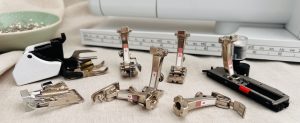
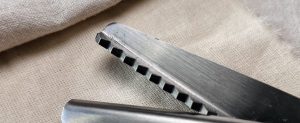










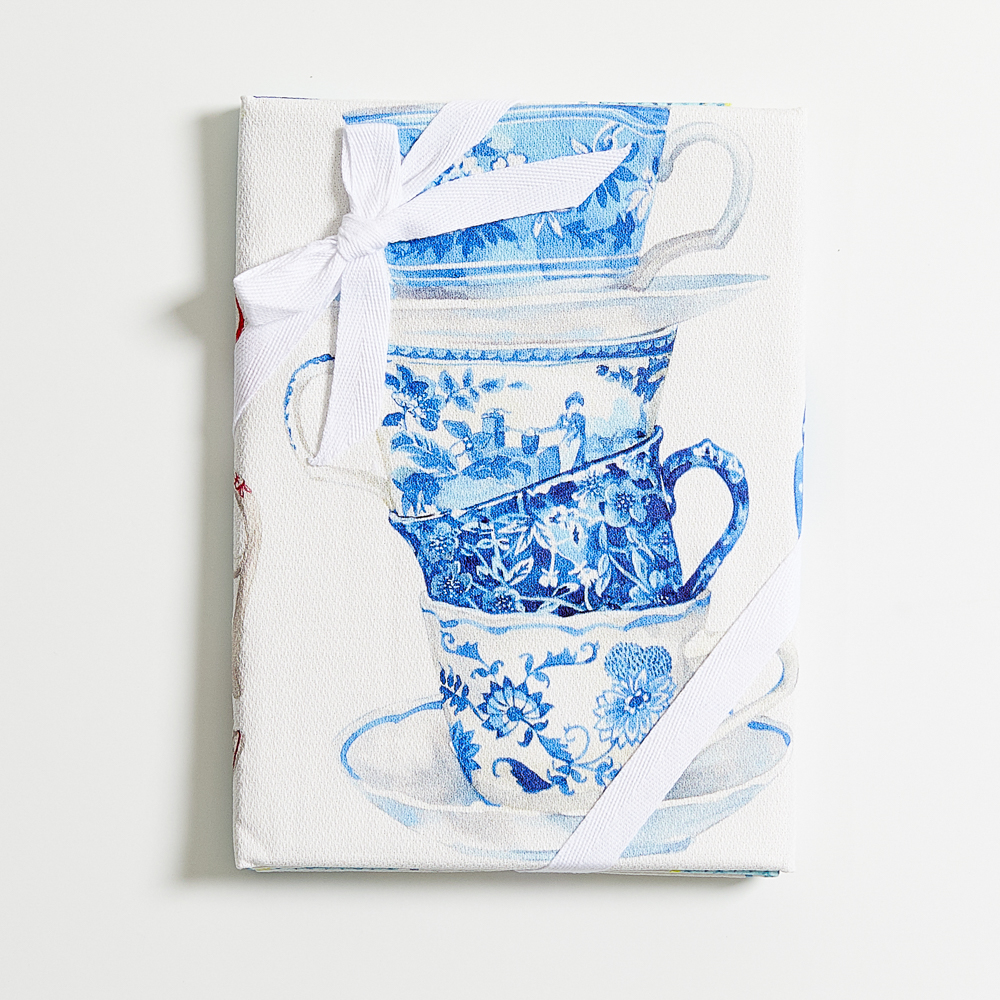




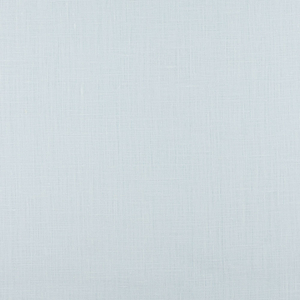
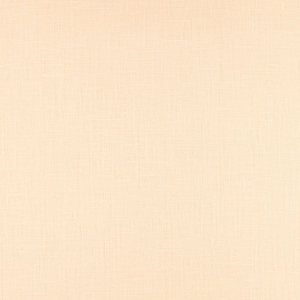

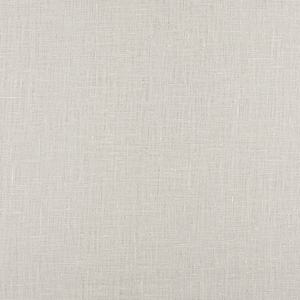
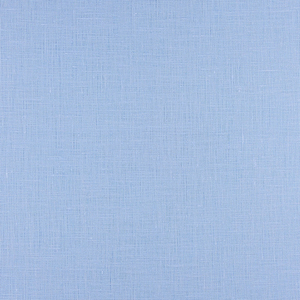
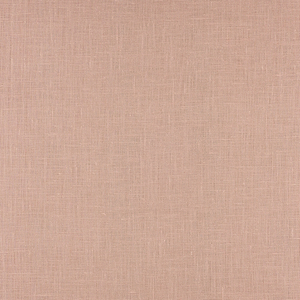
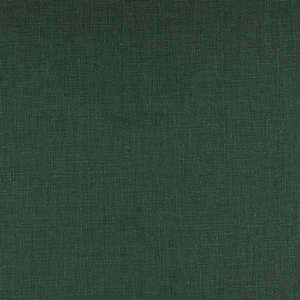
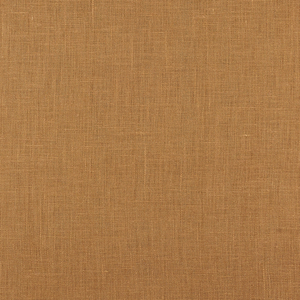



















25 Comments
Jane Babinski
Thank you for the terrific tutorial. Is the very first photo (white fabric) hemstitching as well – just at the very edge? I’d love to know how to do this, too
Lisa Koehler
I have a shirt that I made with butterfly sleeves that I plan on doing this to the sleeve edges and bottom above hem. Thank you so much!
I also bought beads to sew simply around the collar of another shirt. Are there any tutorials on beading?
Debby Lassiter
Great tutorial! I have wanted to do this since I first saw your dress yoke and sleeves. Beautiful!
I was wondering if it it still works if you have already preshrunk the fabric to make a shirt? It looks like the loose weave is from unwashed fabric. Would this still work after fabric has been washed and the linen draws up? Can’t wait to try this. Thank you so much!
Lauren Linen
Hello Debby, we always sew with washed fabric to make sure all shrinkage has been eliminated.
Kate Sweet
For those who were wondering about how to do the corners, there are a couple of other tutorials on this site. one about hemstitching a handkerchief and one on how to make mitered corners. That’s how I learned to do it a couple of years ago. I hemstich all the way around but at the corners I use a buttonhole stitch where the two lines of pulled thread intersect. I make handkerchiefs and napkins that get a lot of use so want to reinforce things.
Wilma Flanagan
Several comments ask what to do about corners (such as napkins) which might be hemstitched all around. What I have done is to pull out the desired threads to within about 1/2 inch of the corner, then carefully unpick those threads to the corner of the desired hemstitch. Fold and press those threads to the inside of the hem, so they’ll be within the mitered corner. Once that corner is hemstitched into place, the loose threads are quite well secured.
Kelly Morrissey
Thank you, Nayila, for an excellent tutorial with such clear, close-up photos. I can’t wait to try this.
Janet Bolton
Nayila, thank you for such a clear explanation of how this craft is done! I’ve been meaning to learn this technique for a long time. I refer to myself as a Creative, too. I look forward to more inspiration from you soon.
Mariann Fessenden
This is so lovely and I am indebted for you wonderful tutorial. I have often admired but assumed a lost art that mere mortals co no longer do. You have inspired me! This is going on the list.
Suzan Reed
Thank you, Nayila. I see several previous comments asking how to do the sides of a garment or towel or scarf if this is the hem edge. I, too, would like to know what to do with the edges so that the drawn hem and the sides go well together. Can you describe what to do with each side? And what if I want to add this to the hem of a dress, do I sew the side seams together then do the drawn thread hem? If I do that, how do I deal with the drawn thread hem at the sides? Thanks! It’s something it seems many of us want to know!
Jeanne Ellsworth
I love this! I’ve used this drawn thread technique on two blouses so far — along the sleeve edges, the button and button-hole bands, and tops of pockets. For beginners, it’s good to realize that the drawn thread may break often, especially when pulling that first one, and it takes quite some patience to get the drawing done. But it’s worth it!
Cindy Stulken
I love your style and how you design clothing. Thank you for sharing this tutorial, I’ve been wanting to learn how to do this technique but didn’t know what it was called. I can’t wait to try this!
Robin Arning
I love making handmade gifts for Christmas. My friends “get” it. Of course, they love being on the receiving end. This year, it’s going to be napkins! Thank you for sharing your creativity, talent, and skills with us.
Now, my latest linen purchase has a purpose!
Many, many thanks!
Pam Fisher
Lovely! My question is if I wanted to do this all around – for a cocktail napkin, for instance – how would one do that? Or for that matter, what do you do with the sides? It seems like a step was left out? Do a rolled edge? What?
Kathy Guttosch
Thank you for such a wonderful, clearly explained tutorial! You’ve inspired me to finish a summery linen tunic with this technique.:)
Nayila Wright
So happy you’ve been inspired Kathy, this would make a lovely finish on a summer tunic!
Kathleen Smith
Fold the edges twice and hand sew or machine stitch?
Nayila Wright
Hi Kathleen, the edge will be finished with hand stitching. In step 8 when pulling the thread through the second time around, you actually pick up a bit of the hem in the process and this secures it down. I hope this clarified things a bit for you, but if you have any other questions, please let me know!
Phillippa Lack
so funny!! I learned to do this when I was 9 years old at school in Jamaica, where we had embroidery and art lessons every day. What a concept!!
Nayila Wright
Embroidery and art lessons everyday?! How fun!!! It would have been so nice to learn this in school, but better late than never!
Kathleen Smith
Beautiful idea. How durable is the end result. Will it stand up to the washing machine or does it require hand washing? I was thinking about hem stitched dish towels made out of pink linen.
Thank you.
Anne Daigle
I love the tutorial. When I was a child, my aunt had a sewing machine ( no doubt treadle driven) which did hemstitching o any fabricMostly she die it on dresser scarves and household linens. She sold the machine, wish I had bought it. The type of hemstitching done by the new embroidery machines is not the same..
Lourdes Laurente
How do you recommend finishing the side edges?
This is so beautiful.. I am going to try it on my next project.
Thank you, Lo
Carlin Sappenfield
Thank you for this. I have always assumed this work was out of my reach. Now it feels possible.
Nayila Wright
Hi Carlin, so happy to here you like the tutorial! This type of hand detail can seem intimidating at first glance, but once you’ve tried you’ll realize it’s not too difficult after all.